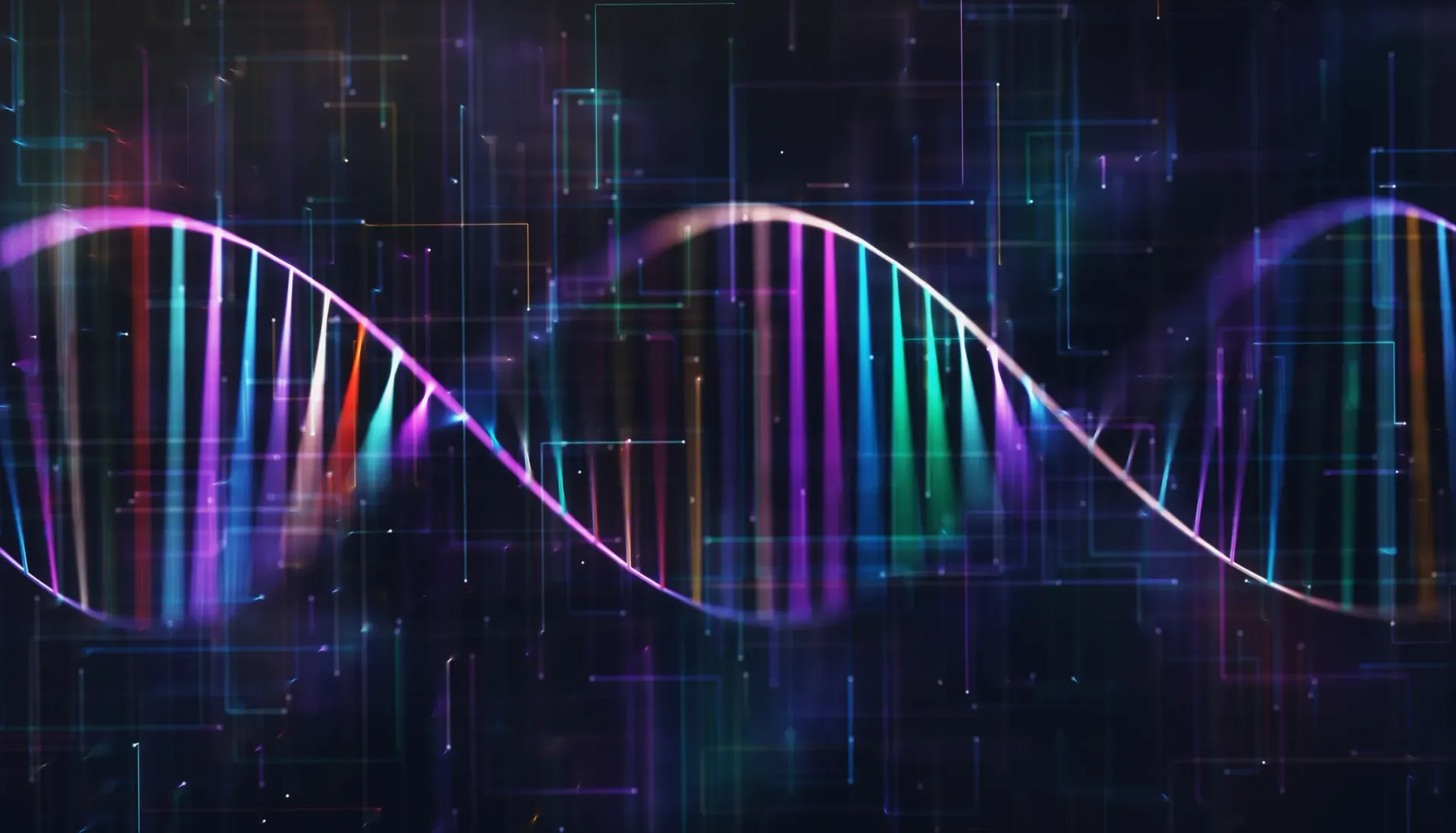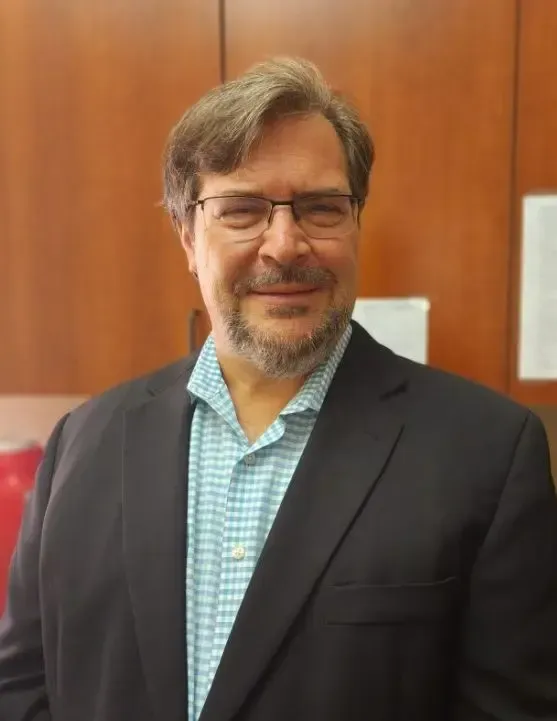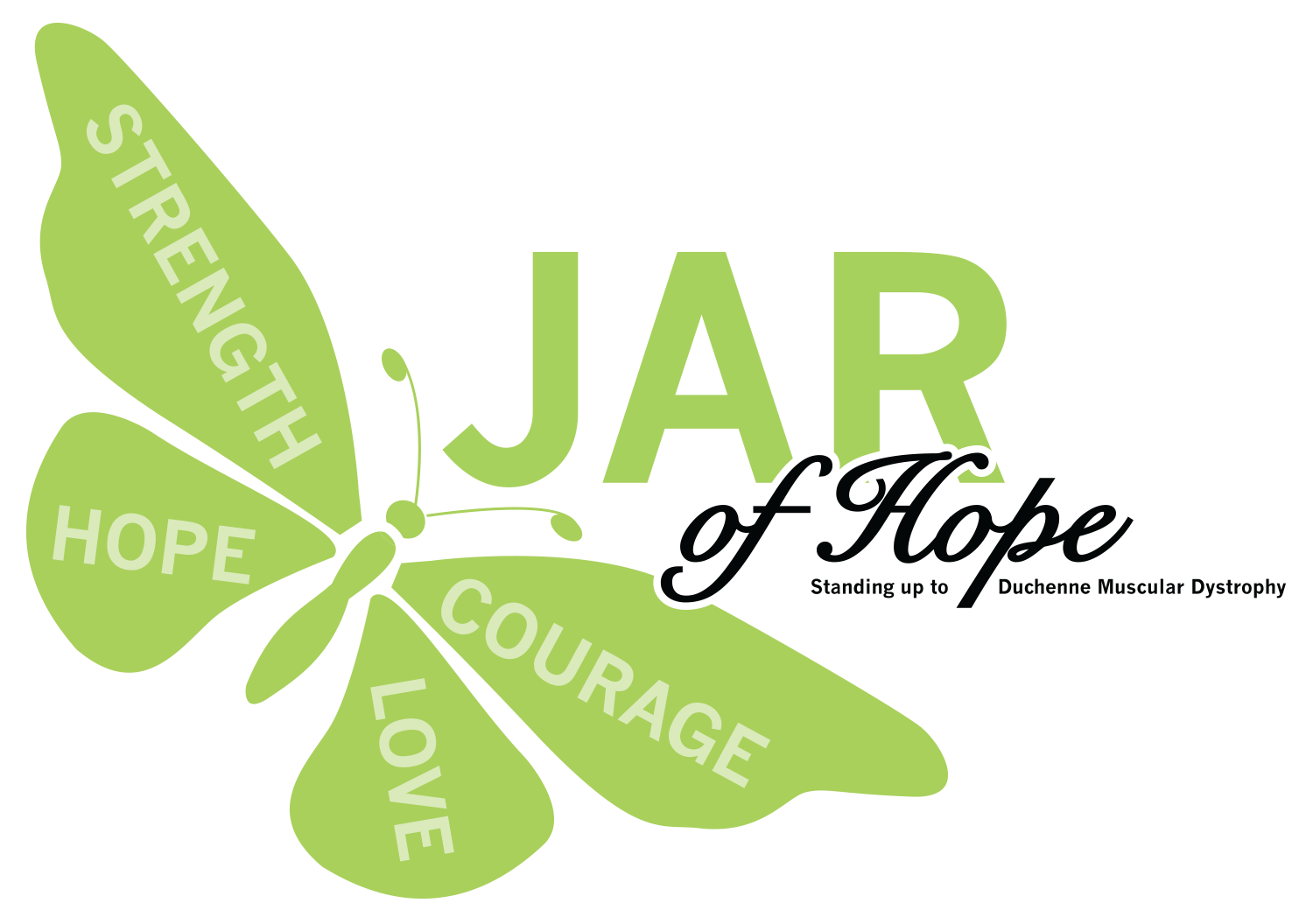631 Lake Avenue | Asbury Park, NJ 07712
GET IN TOUCH: 732-414-6670
JOIN US ON A “WALK FOR THEIR LIVES”

Joe Ippolito (our Treasurer) and I will be taking a 260-mile “walk” next month. A “Walk For Their Lives,” to be exact, from Washington, D.C. to Old Bridge, to raise awareness of Duchenne Muscular Dystrophy. Yes, you heard me right – from D.C. to NJ.
By now, you know that kids with Duchenne are in wheelchairs by their early-teens. Breathing through ventilators by their late-teens. And that there is no cure.
But we want the rest of the world to know, too. So Joe and I will be driving to Washington with our families, and they’ll drive back home while we “Walk For Their Lives.” We will start on Columbus Day, Oct. 12. We’ll be walking 33-35 miles a day and camping out each night.
On the night of Sunday, Oct. 18, we’ll be camping out at Sportika in Manalapan Township. And the next day, we will walk the last 26.2 miles (the length of a marathon). We will stop at the last sponsored checkpoint at All American Ford Old Bridge. Then it is on to the finish line at Lombardi Field in Old Bridge (near Old Bridge High School), where Mayor Owen Henry and Congressman Chris Smith will greet us.
And we would love for you to join us! Please feel free to join us anywhere along the route, and to leave anywhere (although you are invited to the Finish Line for the ceremonies!)
Our “Walk For Their Lives” will be sponsored by All American Ford in Old Bridge, and we’ll wind through Maryland and Pennsylvania before New Jersey. Our goal is to raise $50,000+ toward a cure for Duchenne Muscular Dystrophy…so that no parent will ever again have to hear the news that Karen and I heard seven years ago.
Please join us! It will be a joy to see our friends and neighbors as we head toward the finish!
For the latest updates, please follow our Facebook group, D.C. to All American Ford – Team Jamesy 24/7.
To donate or to become a fundraiser, please visit the Donation Page.
-Jim Raffone








GET IN TOUCH
732-414-6670
james@jarofhope.org
631 Lake Avenue
Asbury Park NJ 07712
STAY CONNECTED
Join our newsletter and find out more
Mailing List
We will get back to you as soon as possible
Please try again later
JAR of Hope is a 501(c)(3) registered nonprofit organization.
Federal EIN 46-4134019
Created by Mindset Media Group. The content on this website is owned by us and our licensors. Do not copy any content (including images) without our consent.



